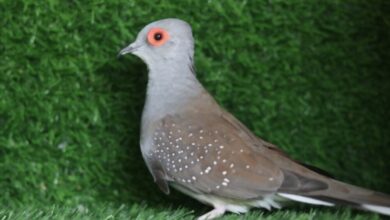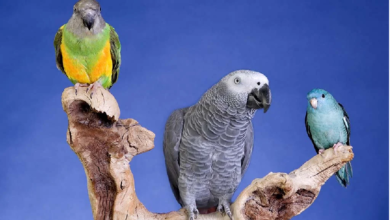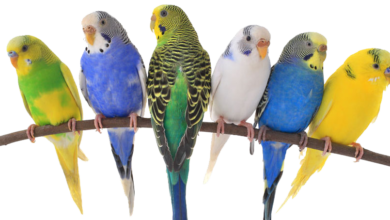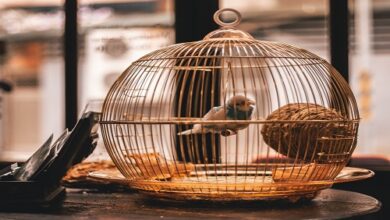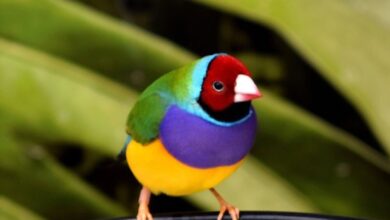Canary
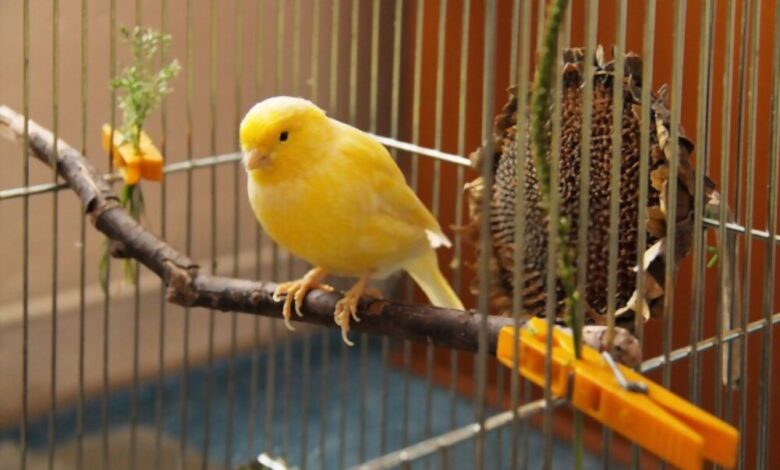
Scientific name: Serinus canaria
Family :Fringillidae
Gender : Serinus
Weight : From 15g to 30g
Cut : From 12cm to 20cm
Life expectancy : From 6 to 10 years old
The Canary has an average life expectancy of between 6 and 10 years .
A passerine bird with most often yellow plumage, but could be of various other colors, the Canary is the domesticated variety of the Canary Serin. It is a bird as pleasant to contemplate as to listen to sing.
Geographical area
As its name suggests, the Canary originates from the Canary Islands , a Spanish archipelago located off the coast of Morocco and Western Sahara.It is now widely used in the world.
Breed history
The description of the Canary was made by the Swedish naturalist Carl von Linné (Carl Linnæus) in 1758.
The one we know today and breed is the domesticated form of the Canarian Serin . This bird would have been introduced in Europe in the 15th century .
There are a variety of breeds (French, British, Dutch, Japanese…) bred according to their colors, postures and songs. Among the Singing Canaries, the best known breeds are Harz, Malinois and Timbrados.
Today, the Canary is the most common cage bird species.
Physical peculiarities
The Canary is characterized by yellow plumage with white tips . He even gave his name to a very particular shade, since we speak of “ canary yellow ”. Nevertheless, there are hundreds of colors obtained by combinations of different mutations.
In addition to yellow, therefore, there are red, brown, black, pastel, opal, satin, topaz, isabelle, onyx, cobalt, jasper and even agate Canaries.
Among the so-called posture Canaries, there are crested individuals, others with curly plumage.
Behavior and character
The Canary is obviously renowned for the beauty and variety of its song .
In addition, it is important to know its most frequent postures in order to understand it and react if necessary. For example, when he is afraid , he can keep his beak open . If he spreads his wings , especially in front of a congener, it is an aggressive attitude . If it keeps its head hidden in its plumage (outside of sleep), it may be sick .
Feed
The Canary feeds on a variety of seeds. He appreciates mixtures made up of canary seed, niger, rape and flax seeds, peeled oats, hemp, perilla and chia.
His diet must also be supplemented with salad , grated carrots or even apples .
Grit (mineral mixture) and cuttlebone are also available.
Reproduction
In the Canary, the breeding period generally begins in mid-February and extends until at least June.
The female lays 4 eggs on average over a period of 26 hours, at the rate of 2 to 3 litters per year . The incubation period is 13 days.
Health
The Canary is prone to various diseases such as smallpox , baldness , follicular cysts , hyperkeratosis of the legs or mite infestations.
In some individuals, the beak may become too long and must therefore be shortened by the veterinarian. The claws also require regular maintenance.
Way of life
The Canary’s cage is to be placed indoors and in a room exposed to natural light. The bird should be protected from drafts and bustle. Fumes and vapors are also dangerous for him.
Its cage must be spacious and equipped with perches (branches or commercially purchased). Hiding places and nests are also to be expected.
A small basin filled with water will allow the Canary to take baths at will. He loves it and needs it, especially during the summer moult.
